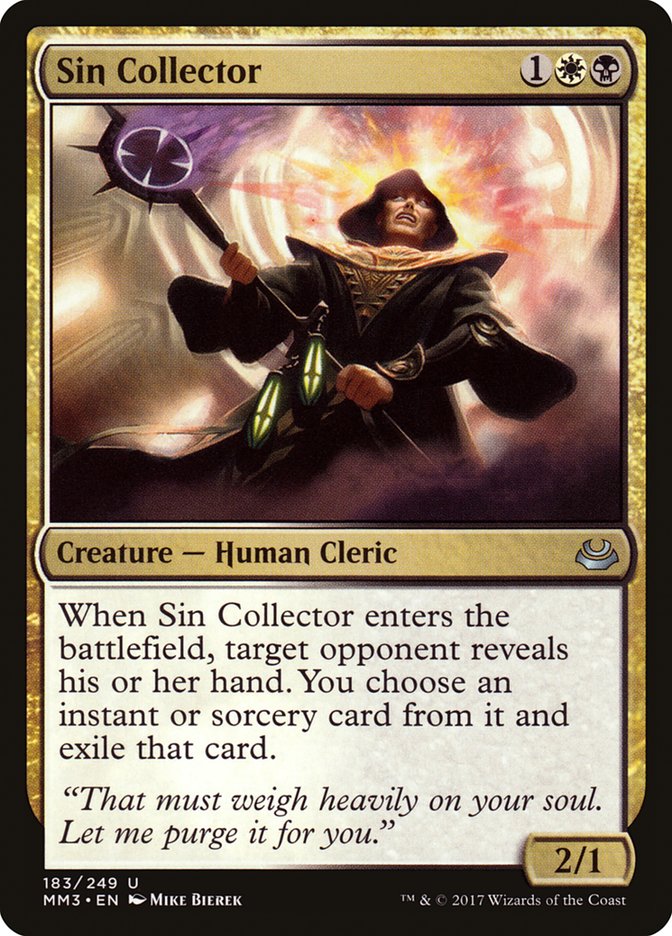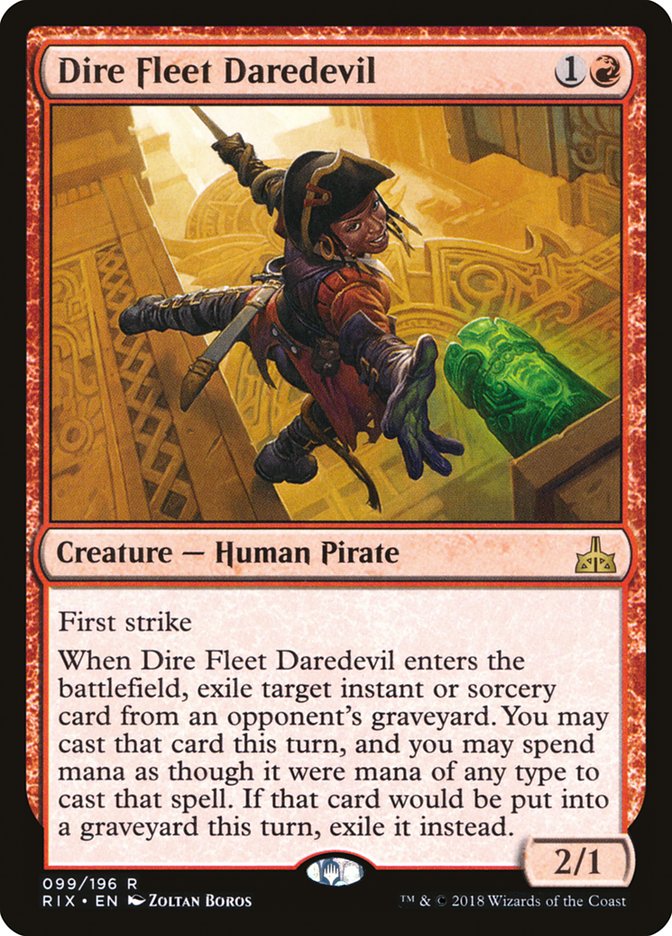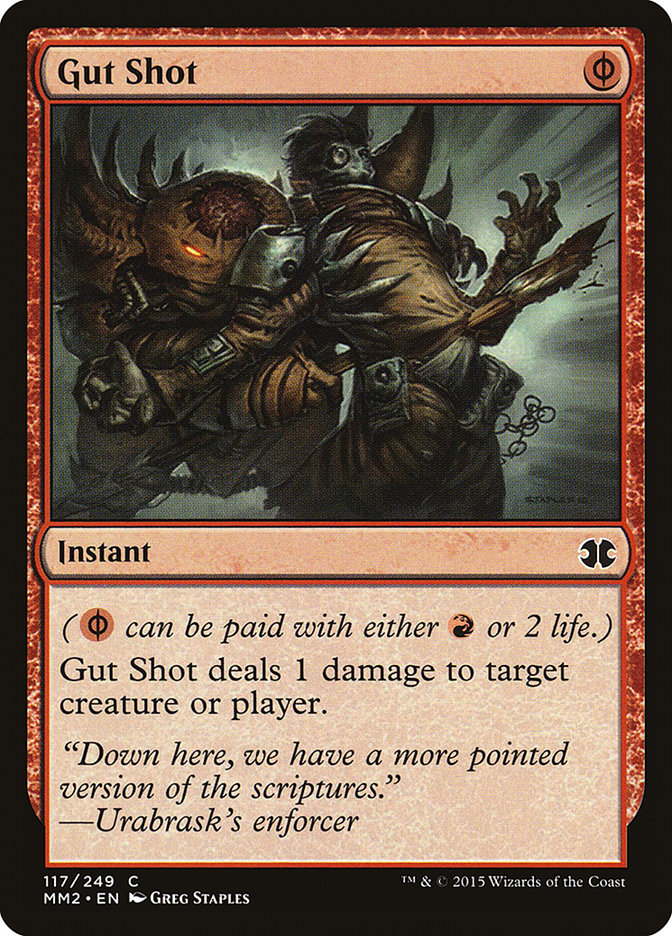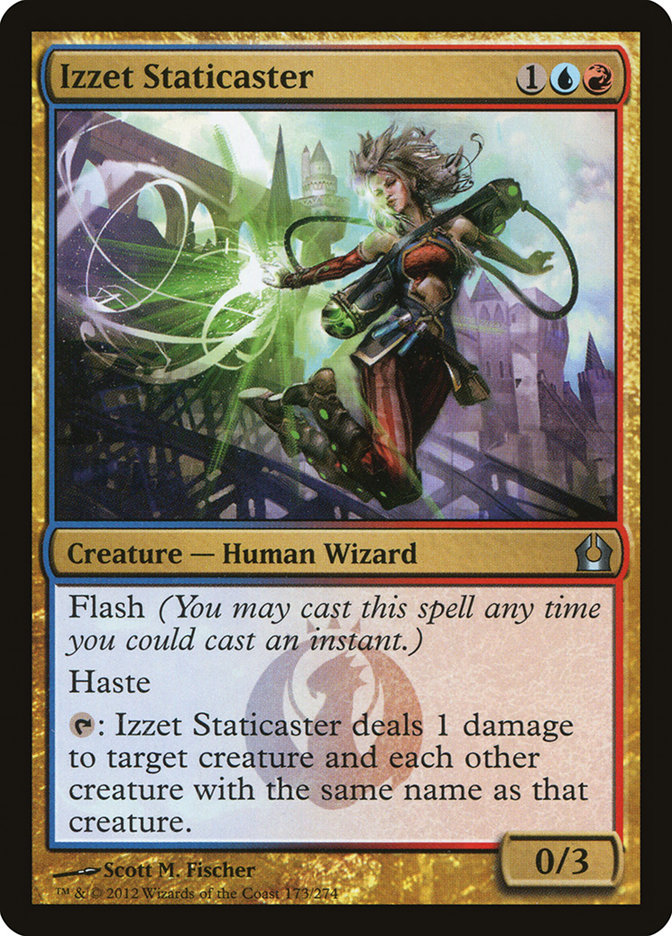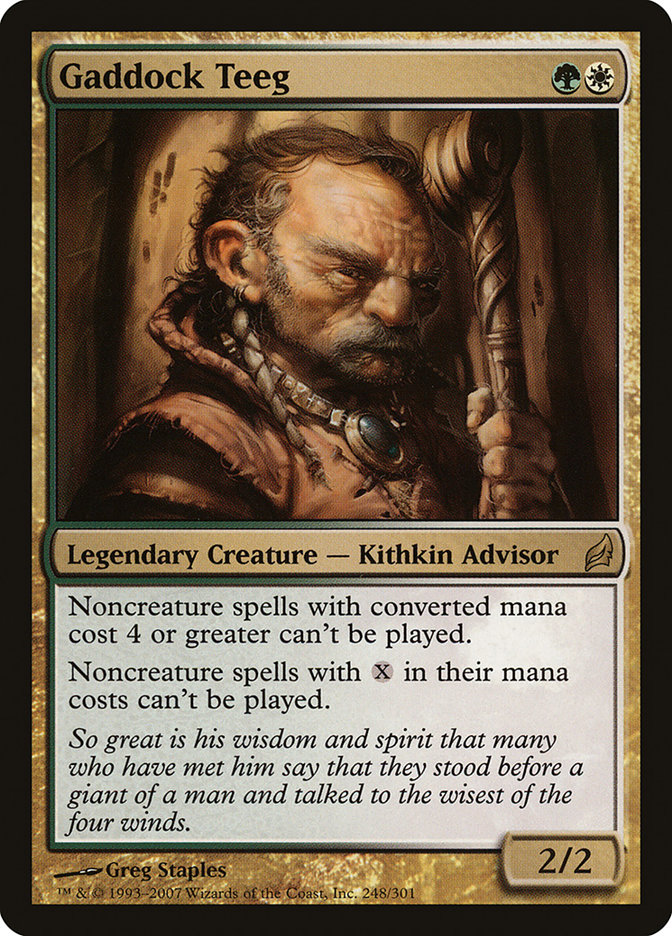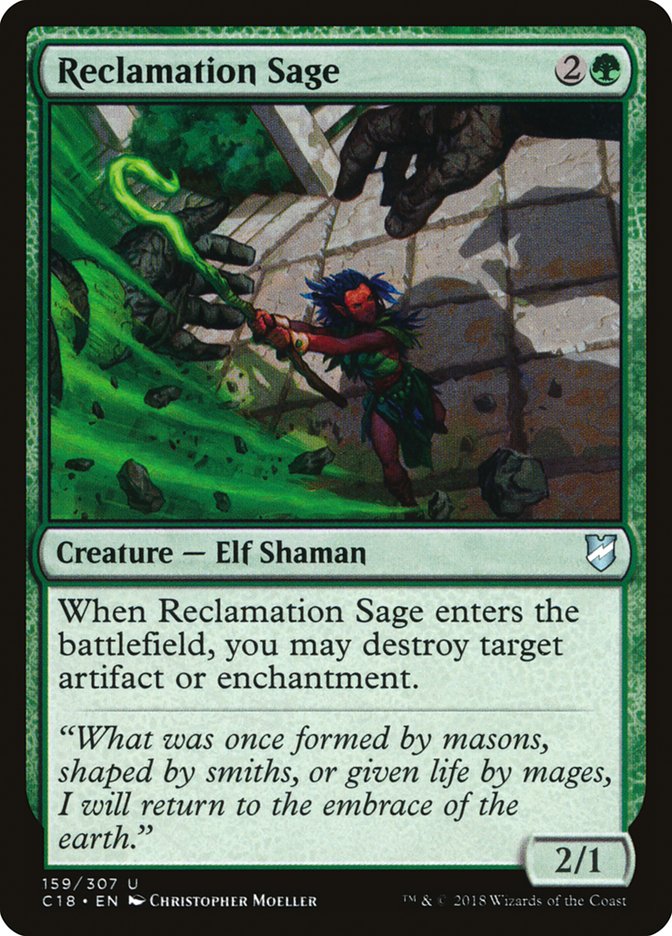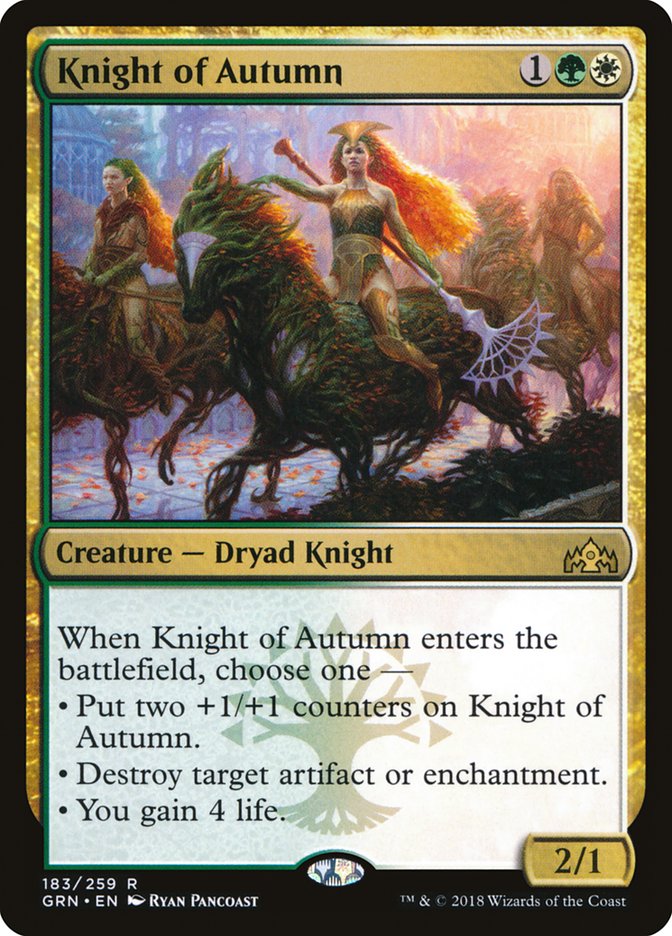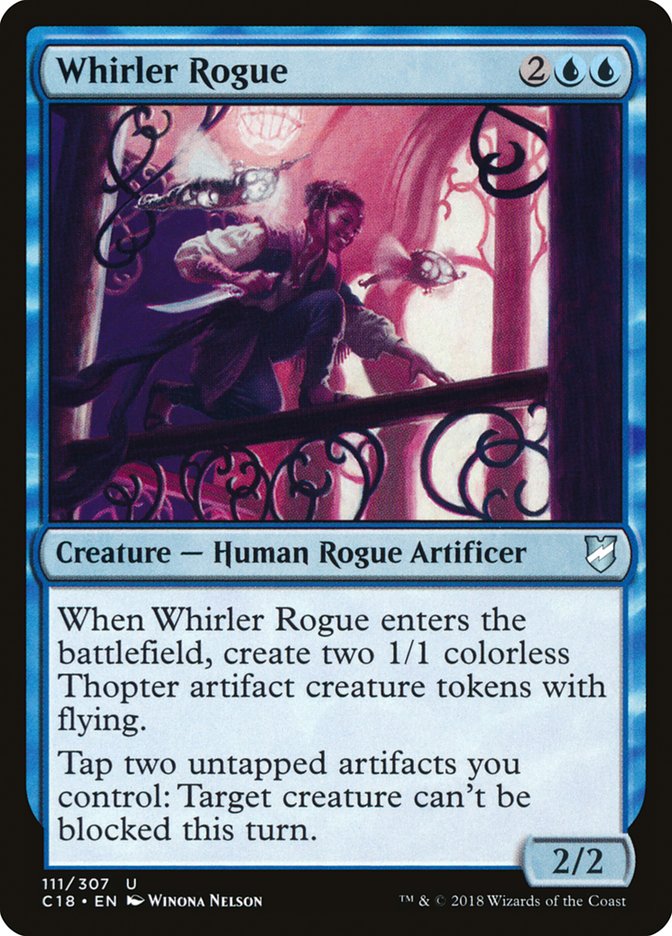By now, you know that I believe Humans is far and away the best deck in
Modern. Grand Prix Detroit didn’t change my stance on that and, if
anything, strengthened that belief as the majority of my losses over the
course of the weekend were my own fault. Incorrect decisions with Kitesail
Freebooter, Meddling Mage, and a really poor mulligan decision in game 3
against Bant Spirits playing for Top 8 of the Sunday PTQ left me both
frustrated and optimistic.
Today I’m going to be going over something I think isn’t talked about
enough when it comes to Humans – the sideboard options. Because Humans has
access to all five colors of mana, they have a bevy of sideboard options at
their disposal. But which ones are the best ones right now? And when do you
shift to different ones? I’ll be answering those questions by explaining
the fifteen cards I’m playing in my sideboard for the foreseeable future.
Before I begin, let me start with the list I would play at SCG Syracuse
this weekend, if I were attending. It happens to be the same list I shared
in
What We’d Play yesterday
, a column you should absolutely be reading if you’re trying to succeed at
competitive Magic.
Creatures (37)
- 4 Meddling Mage
- 4 Noble Hierarch
- 4 Phantasmal Image
- 4 Champion of the Parish
- 3 Thalia, Guardian of Thraben
- 4 Mantis Rider
- 4 Reflector Mage
- 4 Thalia's Lieutenant
- 2 Thalia, Heretic Cathar
- 4 Kitesail Freebooter
Lands (19)
Spells (4)

Let’s get started with the only card I’m playing three copies of in my
sideboard:
I’ve been pretty passionate about playing Sin Collector in heavy numbers
for a little while now. The reason for this is because when Patrick
Sullivan and I were covering an SCG Tour Open – I’m too much of an old man
to remember which one – Patrick asked me a question in between rounds that
I had never asked myself: “Sin Collector is always awesome whenever someone
casts it in a matchup they’d want to sideboard it in against. Why aren’t
people playing three or four copies?”
Patrick’s observation was accurate. Anytime we watched someone cast a Sin
Collector in the early turns against Jeskai Control, Azorius Control, Jund,
or Mardu, it was incredible. Exiling something against the majority of
those decks is incredible, as it weakens the Snapcaster Mages that Jeskai
and Azorius play while also giving you information to play around. Against
Jund, you’re also getting information while potentially lessening the size
of Tarmogoyf. And versus Mardu, you’re making Young Pyromancer or Bedlam
Reveler worse, picking up information to play your next turns properly,
and, most importantly, potentially exiling a card with Flashback (Faithless
Looting and Lingering Souls).
The first time I played four Sin Collectors, it was when Jeskai and Mardu
were at their most prevalent earlier this year. Since then, other decks
have shown up to make Modern more diverse (Bant Spirits, Ironworks,
Hardened Scales Affinity) so Sin Collector isn’t the ace that it once was,
but if you’re looking for a card versus control decks, this is the best one
you’re going to find.
Next up is the second portion of the anti-control package in Dire Fleet
Daredevil. Much like Sin Collector, Dire Fleet Daredevil has an effect
against all the control matchups. Unlike Sin Collector, however, you can
get a bit more creative in your uses of Dire Fleet Daredevil in matchups
you generally wouldn’t expect to.
Against Jeskai Control, one of your goals is to have an Aether Vial with
two counters, as you have a ton of two-mana threats after sideboard that
play well at instant speed (Meddling Mage, Thalia, Guardian of Thraben,
Kitesail Freebooter, Thalia’s Lieutenant, potentially Phantasmal Image, and
sideboard options). Dire Fleet Daredevil plays incredibly at instant speed
because it has the ability to blowout an opponent’s plan with a Snapcaster
Mage by exiling the card that it would target – if you get to cast what
they targeted with ole Snappy, even better! Ignoring the Snapcaster Mage
interaction, I’ve won plenty of games by casting a Serum Visions for
myself, using one of their Path to Exiles on a sideboarded Baneslayer
Angel, or casting a backbreaking Cryptic Command on a relevant spell. Add
on the fact that exiling a card from their graveyard slows down the
transformation of Search for Azcanta and you can see all the upside of the
powerful Pirate against Jonathan Rosum’s favorite control deck.
Against Azorius Control, the same potential exists, but because Azorious
doesn’t rely on spot removal as much as Jeskai does because of the Terminus
package as well as numerous Planeswalkers, Dire Fleet Daredevil is just
okay here instead of insane like it is against Jeskai.
Against Jund, Dire Fleet Daredevil does exactly what you think it does –
finds a way to kill an annoying Tarmogoyf with one of their dedicated
removal spells like Fatal Push, Terminate, and soon to be Assassin’s Trophy
(boy, I cannot wait to cast one of those via Dire Fleet Daredevil!) There
isn’t much for the Pirate to do past that, but that’s actually more than
enough in my experiences.
Where Dire Fleet Daredevil is at its best is against Mardu. Because Mardu
is such a spell-heavy deck, you’ve got so many options as to what you get
to do. Recasting a Faithless Looting not only fixes your draw but removes
their best card from their graveyard, weakening the quality of their draw
while also making Young Pyromancer and Bedlam Reveler worse.
Recasting a discard spell like Inquisition of Kozilek and Thoughtseize
might not seem like much but the first time you recast Inquisition to nab a
Blood Moon or a Thoughtseize to nab a Bedlam Reveler, you’ll be pretty darn
pleased with yourself.
But the thing I enjoy the most about Dire Fleet Daredevil against Mardu is
that it’s a spell you can cast under a resolved Blood Moon. Should Mardu
leave Blood Moon in against Humans after sideboard? Maybe yes. Maybe no
(Gerry T’s answer for me has been no). But since you can’t predict what
your opponent is going to do, it’s nice to have a card that is good whether
Blood Moon shows up or not.
As far as creative uses go, I actually like Dire Fleet Daredevil a lot
against Bant Spirits, as the ability to recast Path to Exile or Collected
Company is much realer than you think. If you opt to play Dire Fleet
Daredevil, be sure to think long and hard about if you want to sideboard it
in against every matchup you play against because it’s really something
that will take an unprepared opponent by surprise.
While Gut Shot and Dismember are fairly similar cards, I actually prefer
Gut Shot to Dismember because the matchups where you really want Dismember
more are trending downwards (Hollow One and all types of Affinity) while
matchups where you really want Gut Shot more seem to be trending upwards
(Humans and Bant Spirits). Now don’t get me wrong: Gut Shot and Dismember
are good against mostly the same decks (though Gut Shot is unplayable
against Hollow One). The difference for me lies in one card costing zero
mana and the other costing one. In a deck that only plays nineteen land and
wants to start the first turn of the game with a spell – if you’re keeping
hand without a one-drop when playing Humans, you’re playing the deck wrong
– the fact that Gut Shot is effectively free has mattered a lot for me.
Again, Dismember is a very good card, but I think Gut Shot is the better
card in the current Modern metagame.
Oddly, I don’t think this one needs much of an explanation and is good for
a lot of the same reason that I love Gut Shot. In the matchups that Izzet
Staticaster is good, it’s oftentimes completely insane and one of the cards
you’re hoping to draw. It costing 1UR can be a little awkward sometimes if
your deck coughs up too many copies of Horizon Canopy and the basic Plains,
but I’ve found those situations to be few and far between. Unless something
drastically changes in the near future, Izzet Statiscaster will remain a
staple in the sideboard of Humans.
Save the Kithkin jokes for another time, my friends! Gaddock Teeg was never
a card I played back in my heyday but is one I’m happy to sleeve up now
because of how effective it is against specific cards that give you
headaches. Here’s a quick rundown:
-
Against Ironworks, it stops Krark-Clan Ironworks and Engineered
Explosives -
Against Azorius Control, it stops Terminus, Jace, the Mind
Sculptor, and Teferi, Hero of Dominaria -
Against Mono-Green Tron, it stops Karn Liberated, Ugin, the Spirit
Dragon, and All Is Dust -
Against Storm, it stops Gifts Ungiven, Past in Flames, Empty the
Warrens, and Repeal -
Against various Collected Company decks, it stops Collected Company
and Chord of Calling
I’m sure there are plenty of other spots where Gaddock Teeg is good/great,
but these are the primary ones. Continue to register this card with
confidence because it’s pretty great right now.
For when you need to blow up an artifact or enchantment, accept no
substitutes. Much like Gaddock Teeg, Reclamation Sage isn’t a Human so it
will make cards like Cavern of Souls and Unclaimed Territory awkward on
occasion, but the good outweighs the bad. There’s really not much to say
about Reclamation Sage because it’s obvious when you want this type of
effect, but I will mention that with the debut of Knight of Autumn right
around the corner, be prepared to shelve your Reclamation Sages for
Selesnya’s newest Dryad Knight.
I’ll be doing these two cards together because they’re a package deal for
the mirror. Over time, I’ve found that when playing against Humans, games
often times bog down into weird stalemates where one person is hoping to
draw a Mantis Rider to fly across for the winning points of damage. Because
of that, that means you can get a little creative with your sideboarding.
Some players have opted to go towards cheap removal like Dismember or card
advantage engines like Militia Bugler. I’ve opted to go towards expensive,
high ceiling effects like Hostage Taker (a card that can remove their
Mantis Rider and then use it against them to win the game) and Whirler
Rogue (a card that can break the frequent stalemates that occur in the
mirror).
There are other matchups where I like Hostage Taker (Jund, various takes on
Affinity, various takes on Collected Company, etc), and there are other
matchups where I like Whirler Rogue (removal-heavy decks because the games
bog down and four power across three creatures is valuable, various takes
on Affinity because the blockers are useful, etc.) but this one-two punch
is first and foremost for the Humans mirror. That said, part of the appeal
of these two four-drops, and the Humans sideboard in general, is that
because the cards are so multifaceted, you can bring them in in a lot of
different spots.
Good Luck At SCG Syracuse
And so that does it for my sideboard of Humans headed into SCG Syracuse.
There are, of course, plenty of other options one can play in their
sideboard of Humans, like Auriok Champion; Riders of Gavony; Anafenza, the
Foremost; Kambal, Consul of Allocation; Damping Sphere; and Phyrexian
Revoker, but I don’t believe now is the time or the place to play any of
those cards. Things could absolutely change in the near future to change
that, but if things continue in the direction they’re currently in, I
cannot recommend my maindeck and sideboard highly enough.
Whichever way you decide to go, just remember one thing: leave your copies
of Militia Bugler at home.


